The digital payments landscape has been dominated by giants like PayPal (NASDAQ: PYPL) for decades, offering convenience but at a cost: high fees, centralized control, and the ever-present risk of account freezes or censorship. As the world moves toward a more decentralized, permissionless economy, the question arises: what comes next?
The answer lies in a Bitcoin-powered economy, specifically through BSV, a blockchain designed for scalable, low-cost, and frictionless transactions. Unlike BTC, which has strayed from Bitcoin’s original vision, BSV is poised to replace PayPal’s walled garden with a global, open financial system. Here’s why BSV is the solution and why BTC falls short.
The PayPal Problem
PayPal revolutionized online payments, making it easy for individuals and businesses to send and receive money globally. However, its centralized model comes with significant drawbacks. Transaction fees, often 2%-3% plus fixed costs, erode profits for small businesses and creators. Arbitrary account suspensions—sometimes without explanation—can cripple livelihoods. And PayPal’s reliance on traditional banking rails means slow settlements, especially for cross-border payments. In an era where users demand sovereignty and efficiency, PayPal feels like a relic of a permissioned Internet.
Enter blockchain, a technology that promises peer-to-peer payments without intermediaries. Bitcoin, as envisioned by Satoshi Nakamoto, was meant to be “electronic cash” for the world—fast, cheap, and unstoppable. But not all Bitcoins are created equal. While BTC, the most well-known variant, enjoys brand recognition, it’s ill-suited for the post-PayPal economy. BSV, on the other hand, delivers on Bitcoin’s original promise, offering a permissionless platform for a new financial paradigm.
Why BSV is the solution
BSV, or Bitcoin Satoshi Vision, is the version of Bitcoin that adheres to Nakamoto’s 2008 white paper. It prioritizes massive on-chain scaling, enabling millions of transactions per second (TPS) at fees as low as 1/10,000th of a cent. This makes BSV ideal for the kind of high-volume, low-value transactions that PayPal struggles with—think micropayments for content, instant merchant settlements, or tipping creators on social platforms.
BSV’s architecture supports a permissionless economy in several key ways:
1. Low-Cost Transactions: PayPal’s fees make small payments uneconomical. BSV’s near-zero fees enable use cases like paying a cent to read an article or a fraction of a cent per second to stream video. Apps like HandCash demonstrate this, allowing users to send and receive payments as easily as sending a text.
2. Scalability: BSV’s unbounded block size allows it to handle global transaction volumes, unlike PayPal’s centralized servers, which can bottleneck during peak times. This scalability supports everything from individual remittances to enterprise-level payment processing.
3. Data and Smart Contracts: BSV isn’t just a currency; it’s a data ledger. Developers can build apps where payments are tied to actions—like paying for application programming interface (API) calls or unlocking premium features—using smart contracts. Platforms like Treechat show how BSV enables creators to monetize content directly, bypassing middlemen.
4. Permissionless Access: Unlike PayPal, which requires accounts and Know Your Customer (KYC) compliance, BSV operates on a public blockchain. Anyone with a wallet can participate, making it a lifeline for the unbanked or those in restrictive regimes. This aligns with the ethos of a Bitcoin economy: no gatekeepers, no borders.
5. Regulatory Compliance: While permissionless, BSV is designed to work within legal frameworks, with features like immutable records that aid auditing and transparency. This makes it more appealing to businesses than fully anarchic systems.
Why BTC falls short
BTC, despite its first-mover advantage, cannot power the post-PayPal economy. Its limitations stem from deliberate design choices that prioritize decentralization over utility:
1. High Fees: BTC’s small block size (1MB, later expanded slightly via SegWit) creates network congestion, driving transaction fees to $5-$50 during peak times. This makes BTC impractical for everyday payments or micropayments, relegating it to a “store of value” rather than cash.
2. Slow Confirmations: BTC transactions often take 10-60 minutes to confirm, compared to BSV’s near-instant finality. For merchants replacing PayPal, waiting an hour for payment confirmation is a non-starter.
3. Limited Scalability: BTC’s network can handle only seven to 10 TPS, a far cry from PayPal’s thousands or BSV’s millions. This bottleneck stifles innovation for high-throughput applications like global remittances or Internet of Things (IoT) payments.
4. Layered Solutions Don’t Cut It: BTC advocates point to the Lightning Network as a scaling solution, but it’s complex, requires users to manage channels, and still incurs fees for opening/closing channels. It’s a band-aid on a fundamentally constrained system, lacking the simplicity needed for mass adoption.
5. Cultural Shift: BTC’s community has embraced a narrative of “digital gold,” discouraging its use as a currency. This ideological drift undermines its utility for building a vibrant, transaction-driven economy.
Building the Bitcoin economy
BSV is already laying the groundwork for a permissionless Bitcoin economy. Platforms like TonicPow let users earn micropayments for sharing ads. Gate2Chain is a solution builder for companies that utilize blockchain technology to drive business. These applications show how BSV can integrate payments into daily digital life, from social media to email. Developers are also leveraging BSV’s Simplified Payment Verification (SPV) to create lightweight wallets that rival PayPal’s ease of use without centralized baggage.
The vision is bold: an Internet where every interaction—clicks, views, shares—can be a value exchange. Imagine a freelancer in Nigeria getting paid instantly for a blog post or a gamer tipping a streamer a cent per match, all without fees or approvals. BSV’s low-cost, high-speed infrastructure makes this possible, fostering a creator-driven economy where users control their data and earnings.
Challenges ahead
Despite BSV’s promise, hurdles remain. User adoption lags due to complexity; wallets must become as intuitive as Venmo. Education is critical—most people don’t grasp blockchain’s benefits or BSV’s edge over BTC. Partnerships with mainstream platforms, like X or e-commerce sites, could bridge this gap, embedding BSV payments into familiar interfaces. However, people are still self-segregating into places like NOSTR and BlueSky. Regulatory clarity is also needed to ensure businesses can adopt BSV without legal risks or every post being a taxable event.
The post-PayPal future
What comes after PayPal is a Bitcoin economy built on BSV—a system where payments are instant, fees are negligible, and no one needs permission to participate. BTC, hampered by high costs and limited scalability, can’t deliver this future; it’s a speculative asset, not a currency. BSV, with its focus on utility and scale, is the true heir to Nakamoto’s vision.
In 2025, we’re at the cusp of this shift. BSV’s ecosystem is growing, with developers and early adopters pioneering a permissionless financial frontier. The transition won’t happen overnight—habits and infrastructures are sticky—but the seeds are sown. PayPal’s days as the default are numbered, and BSV is writing the next chapter: a global, open, and unstoppable Bitcoin economy.
Watch: Determining blockchain’s economic value





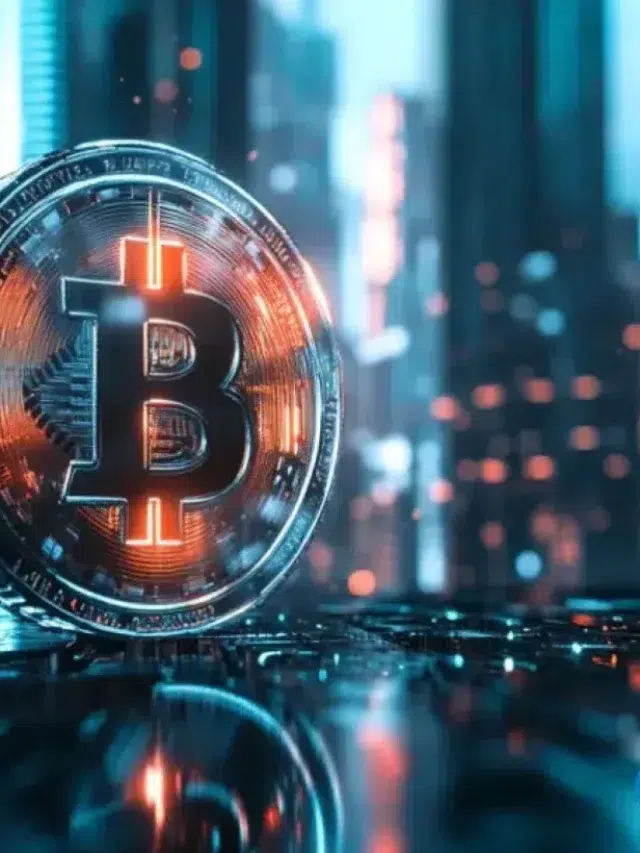
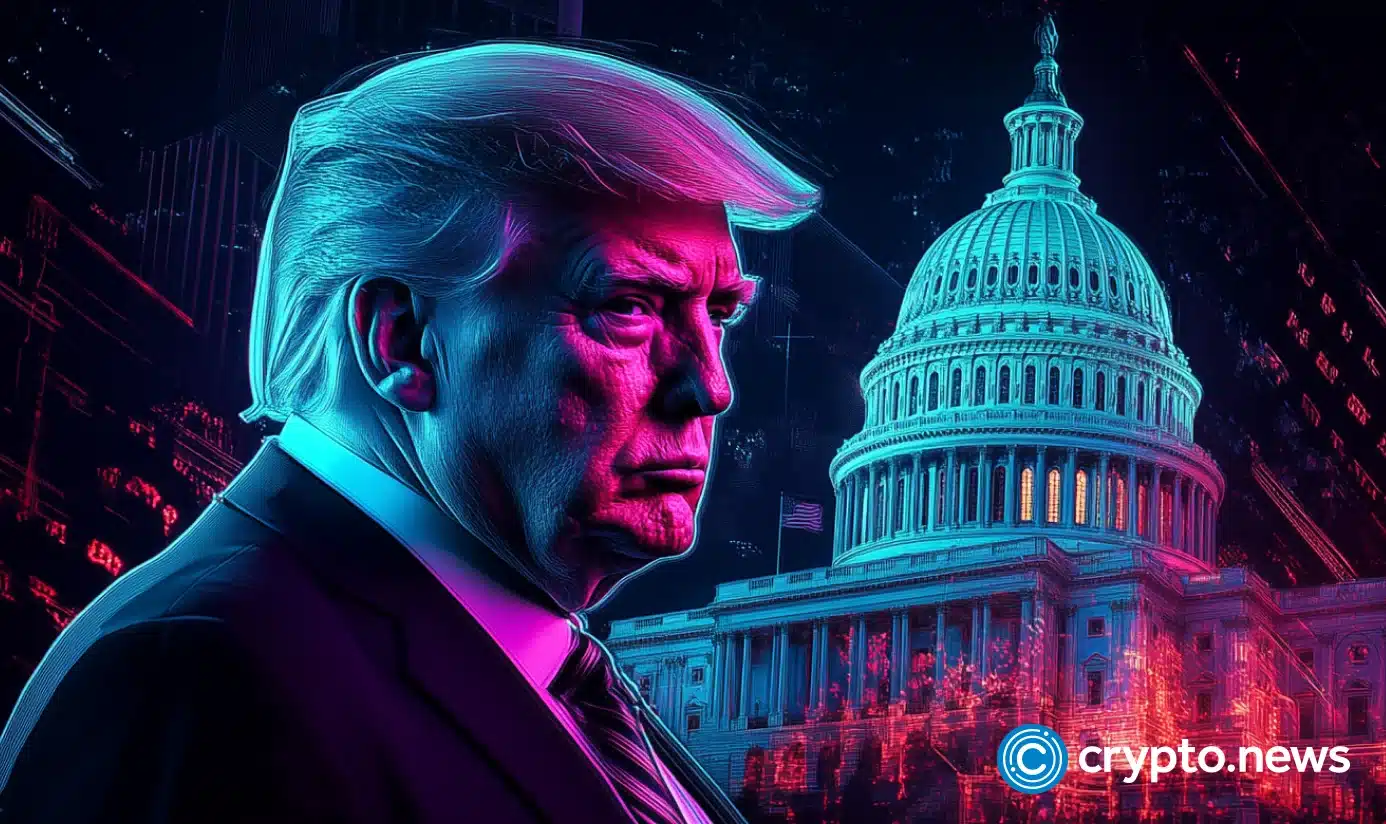

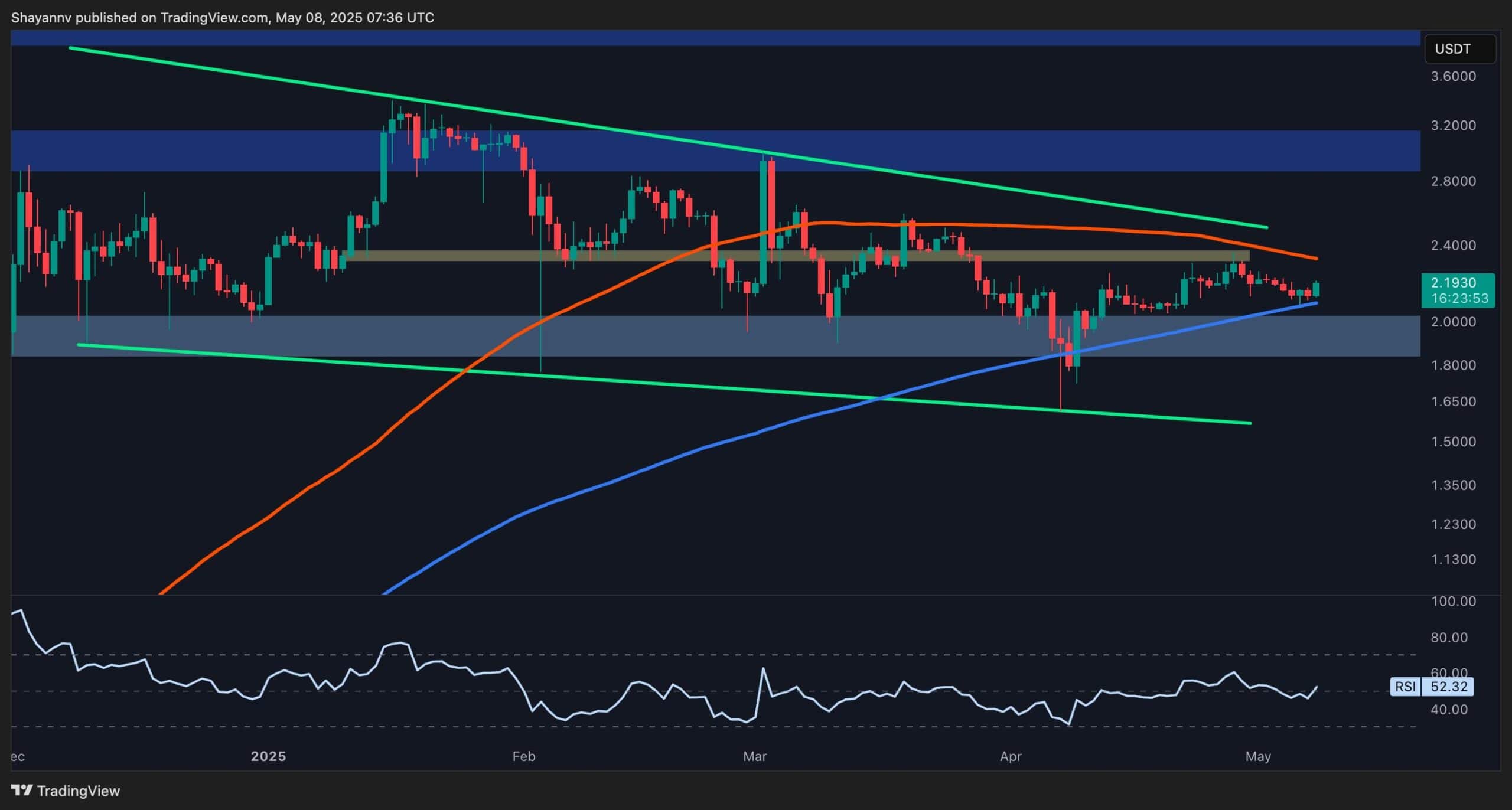


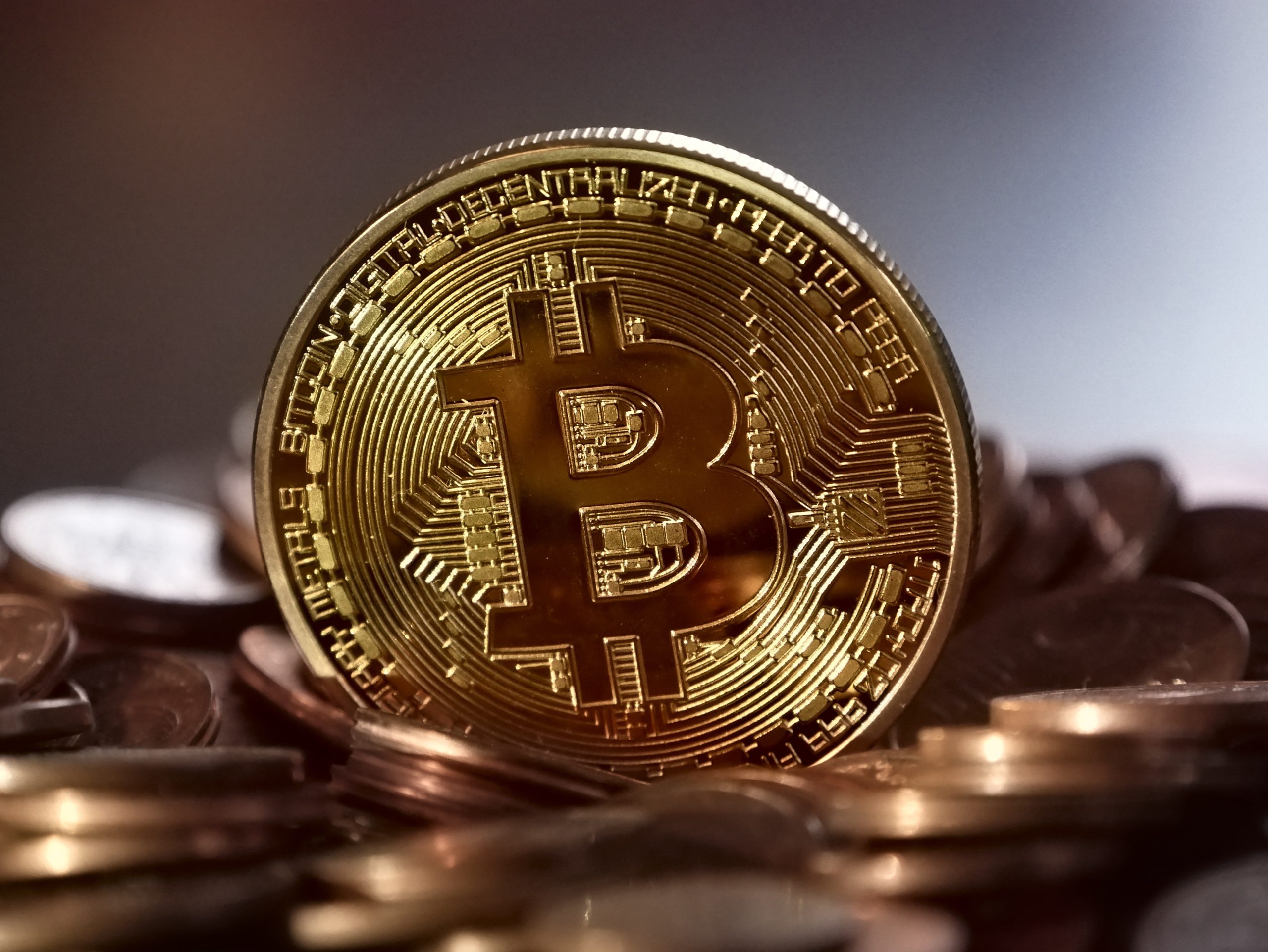



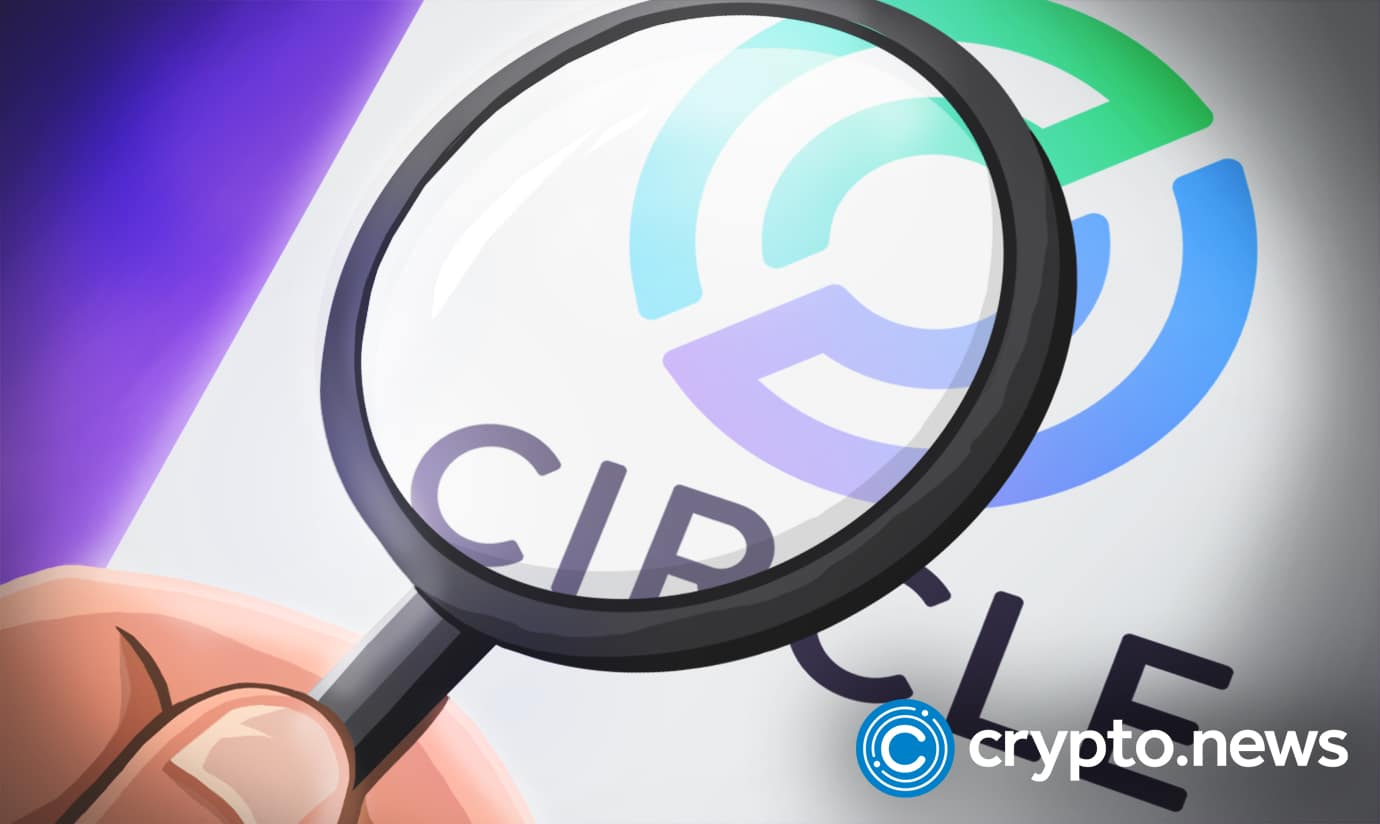
 English (US) ·
English (US) ·